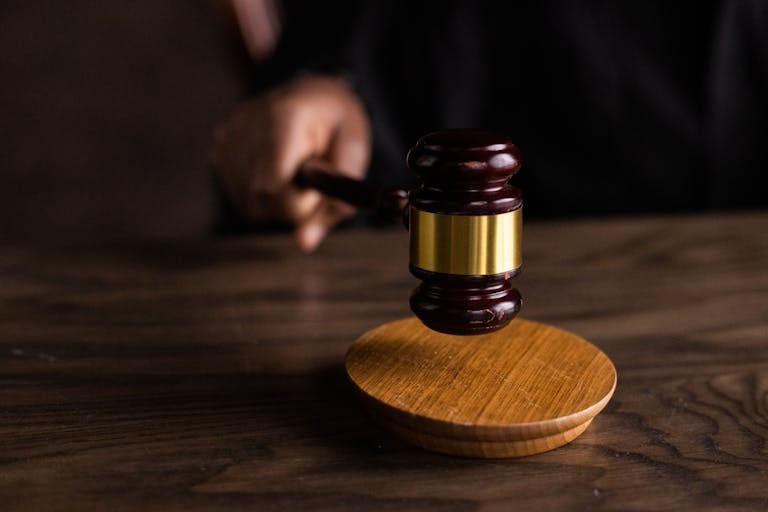Criminal Mischief: Understanding the Legal Consequences
Introduction: The Hidden Menace of Criminal Mischief
Did you know that criminal mischief costs society billions each year? It’s not just harmless fun – it’s a serious offense with real consequences. Let’s dive into the world of criminal mischief, its legal implications, and societal impact. Learn about penalties, prevention, and what to do if you’re facing charges and uncover:
- 🚨 In 2023, over 1.5 million cases of criminal mischief were reported in the US alone!
- 💰 The average cost of real or personal property damage from criminal mischief is $1,500 per incident.
- 👥 Teens and young adults are responsible for 60% of all criminal mischief cases.
Criminal mischief might sound like child’s play, but it’s no laughing matter. From spray-painted walls to smashed mailboxes, these acts of vandalism leave a lasting impact on communities and individuals alike. So, what exactly is criminal mischief, and why should you care?
What is Criminal Mischief? A Comprehensive Criminal Mischief Definition
Criminal mischief, also known as vandalism or malicious mischief, is the willful destruction or damage of another person’s property without their consent. It’s more than just a prank gone wrong – it’s a crime that can have serious legal consequences.
Criminal mischief offenses can be classified as a class b misdemeanor, depending on the amount of pecuniary loss involved.
Examples range from graffiti and broken windows to more severe acts like arson or disabling security systems. The common thread? The intent to cause damage or disruption.
Key aspects of criminal mischief a person commits include:
- Intentional Damage to Property
- Definition: Deliberately causing harm or destruction to someone else’s belongings or structures. A person commits criminal mischief when they intentionally damage property belonging to another person. Such conduct is illegal and can lead to severe penalties.
- Examples:
- Smashing windows
- Slashing tires
- Breaking furniture
- Damaging tangible property can result in significant legal consequences.
- Legal Implications: Intent is crucial; accidental damage typically doesn’t qualify as criminal mischief. Criminal mischief in the third degree involves more severe penalties.
- Defacement of Public or Private Structures
- Definition: Altering the appearance of buildings, monuments, or other structures without permission.
- Examples:
- Graffiti on walls or buildings is conducted in such a manner that it precludes supporting a conviction for criminal mischief.
- Etching or scratching surfaces
- Painting or marking public signs
- Cultural Impact: This can be seen as art by some, but is often considered a public nuisance and eyesore.
- Tampering with Someone Else’s Belongings
- Definition: Interfering with or altering another person’s property without their consent.
- Examples:
- Hacking electronic devices. Tampering with a computer network can lead to severe legal consequences.
- Damaging a computer system is a serious offense with significant legal implications.
- Changing locks without authorization
- Disabling security systems
- Potential Consequences: Can lead to privacy violations or compromise safety measures.
- Interference with the Use of Property
- Definition: Actions that prevent others from using their property as intended.
- Examples:
- Blocking driveways or entrances. Damaging a motor vehicle can lead to significant legal consequences.
- Disabling utilities
- Creating hazards that render property unusable
- The legal ramifications depend on the type and value of the property involved.
- Economic Impact: Can result in loss of business or inconvenience for property owners.
- Reckless Endangerment through Property Damage
- Definition: Damaging property in a way that could potentially harm people.
- Examples:
- Removing stop signs
- Tampering with fire safety equipment. Damaging a critical infrastructure facility can result in severe legal consequences.
- Sabotaging vehicle parts
- Legal Severity: Often treated more seriously due to the potential for physical harm. Felony criminal mischief involves property damage exceeding $1,000 and carries severe penalties.
- Creating a substantial risk of physical harm can elevate the severity of charges.
- Digital or Electronic Mischief
- Definition: Causing damage or disruption to electronic systems or digital property.
- Examples:
- Spreading computer viruses
- Defacing websites
- Manipulating digital signage
- Modern Relevance: Increasingly common and can have far-reaching consequences in our digital age.
- Temporary vs. Permanent Damage
- Definition: The distinction between damage that can be easily reversed and that which is long-lasting or permanent.
- Examples:
- Temporary: Chalk drawings on sidewalks
- Permanent: Acid etching on glass surfaces
- Legal Considerations: The permanence of damage often influences the severity of charges and penalties.
- Motivations Behind Criminal Mischief
- Thrill-seeking or boredom
- Revenge or personal grudges
- Political or social statements
- Substance abuse-related incidents
- Gang-related activities or territorial marking
Understanding these aspects helps in:
- Identifying and categorizing criminal mischief incidents
- Determining appropriate legal responses and penalties
- Developing effective prevention strategies
- Educating the public about the various forms this crime can take
By comprehending the multifaceted nature of criminal mischief, law enforcement, communities, and individuals can work together more effectively to prevent and address these destructive acts.
Examples of Criminal Mischief: Elements of Criminal Mischief and More Than Just Broken Windows
To better understand what constitutes criminal mischief, let’s look at some real-world examples:
- Graffiti on public buildings or private property
- Keying or scratching cars
- Breaking windows or display cases
- Tampering with traffic signs or signals
- Damaging mailboxes or other postal property
- Hacking electronic billboards to display inappropriate content
- Slashing tires or damaging vehicles
- Defacing historical monuments or artworks
- Deliberately clogging toilets or sinks in public restrooms
- Setting off false fire alarms
These examples range from relatively minor offenses to more serious crimes, but all fall under the umbrella of criminal mischief.
The Price of Mischief: Penalty for Criminal Mischief and Punishments
The consequences for criminal mischief vary depending on the severity of the offense and jurisdiction. Generally, penalties may include:
- Fines ranging from hundreds to thousands of dollars
- Probation or community service
- Restitution to cover the cost of damages
- Jail time for more serious offenses (typically misdemeanors, but can be felonies)
It is crucial to hire an attorney to contest a criminal mischief charge, as they can provide guidance on the various legal strategies available.
Factors that influence sentencing:
- Value of real property damaged
- Prior criminal record
- Age of the offender (juvenile vs. adult)
- The motivation behind the act (e.g., hate crime)
Remember, a criminal mischief conviction can have long-lasting effects on employment, housing, and educational opportunities.
Steering Clear: How to Avoid Being Found Guilty of Criminal Mischief Charges
Prevention is always better than cure. Here are some tips to avoid getting caught up in criminal mischief:
- Respect real property belonging to other persons
- Find positive outlets for creativity and expression
- Be aware of local laws and ordinances
- Encourage community involvement and pride
- Report suspicious activity to authorities
- Educate youth about the consequences of vandalism
- Participate in community clean-up efforts
- Support local art programs and legal graffiti walls
- Practice impulse control and anger management
- Seek help if you’re struggling with destructive urges
Frequently Asked Questions About Criminal Mischief
Q1: Is criminal mischief a felony? A1: It can be, depending on the extent of damage and jurisdiction. Typically, damages exceeding a certain amount (often $1,000 or more) may result in felony charges.
Q2: Can I be charged with criminal mischief for accidentally damaging property? A2: Generally, criminal mischief requires intent. Accidental damage is usually not considered criminal mischief, but you may still be liable for civil damages.
Q3: What’s the difference between criminal mischief and vandalism? A3: The terms are often used interchangeably, but “criminal mischief” is typically the legal term used in statutes, while “vandalism” is more commonly used in everyday language.
Q4: Can minors be charged with criminal mischief? A4: Yes, but they’re usually handled in juvenile court unless the offense is particularly severe.
Q5: How does criminal mischief differ from theft? A5: Criminal mischief involves damaging or destroying property, while theft involves taking property with the intent to deprive the owner of it permanently.
Conclusion: Protecting Yourself and Your Community
Criminal mischief is more than just a nuisance – it’s a serious offense that can have far-reaching consequences for both perpetrators and communities.
By understanding what constitutes criminal mischief and its impact, we can all play a part in creating safer, more respectful neighborhoods.
If you or a loved one is facing criminal mischief charges, it’s crucial to seek professional legal advice. Don’t let a moment of poor judgment derail your future. Our partner of experienced criminal defense attorneys can provide the guidance and representation you need to navigate this challenging situation and offers a free consultation.
Remember, a strong community is built on mutual respect and understanding. Let’s work together to prevent criminal mischief and create a better environment for everyone.







